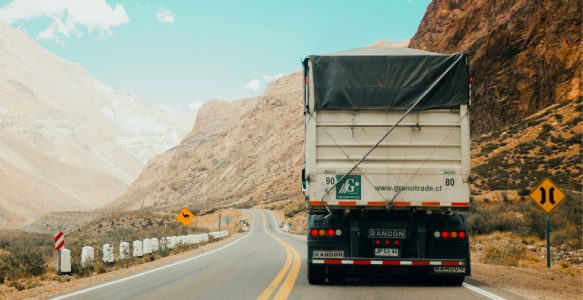
U.N. warn about the emergence of Kenya as trafficking hub
The United Nations’ migration agency is sounding the alarm: Kenya has become a major player in the escalating crisis of human trafficking. Exploiting porous borders and vulnerable migrants, traffickers are turning Kenya into a trafficking hub leaving thousands trapped in a dangerous web of exploitation.
Kenya is one of the major transit points on the continent for air transport. Migrant workers commonly travel through it to try to reach the southern tip of the continent, South Africa, where they believe they will find work.
This connectivity exposes it to being a route of choice for human traffickers. Recently, 37 Ethiopians were discovered in a house in Nairobi about to be trafficked south. Four police officers were arrested on suspicion of aiding the traffickers.
“Migrants in the region leave home in search of better job opportunities, and in some cases to escape conflict, insecurity, and the adverse effects of climate change. On their journeys, many face life-threatening dangers including starvation, health risks and exploitation – at the hands of human traffickers and other criminals. Migrants are often left in dire need of medical attention, food, water, shelter and psycho-social support,” warn U.N. Migration.
Perilous routes and tragic tolls
The International Organization for Migration (IOM) reveals shocking data, with nearly 11,000 migrants trafficked along the Kenya-Ethiopia border as of November last year. Most victims are transported in vehicles, creating a deceptive façade of legitimacy.
Yvonne Ndege, the Regional Information Officer for IOM East and North Africa sheds light on the tragic incidents involving over 100 deaths, all linked to vehicle movement.
“Obviously, if you are locked up in a truck without air, food or water, you’re likely to die. And that has happened. They’re completely at the mercy of those who are trafficking and exploiting them from research and interviews that I have had with people who are being returned or you know, been rescued from the callous hands of traffickers.
South Africa has a well-known, very high rate of joblessness, xenophobic attacks, and so on. It’s not necessarily the ‘meca’ that people are expecting. Many of the migrants are coming from the most vulnerable communities in the countries of origin. They may not be educated, they may not be well informed, they may not have economic resources to move regularly.”
